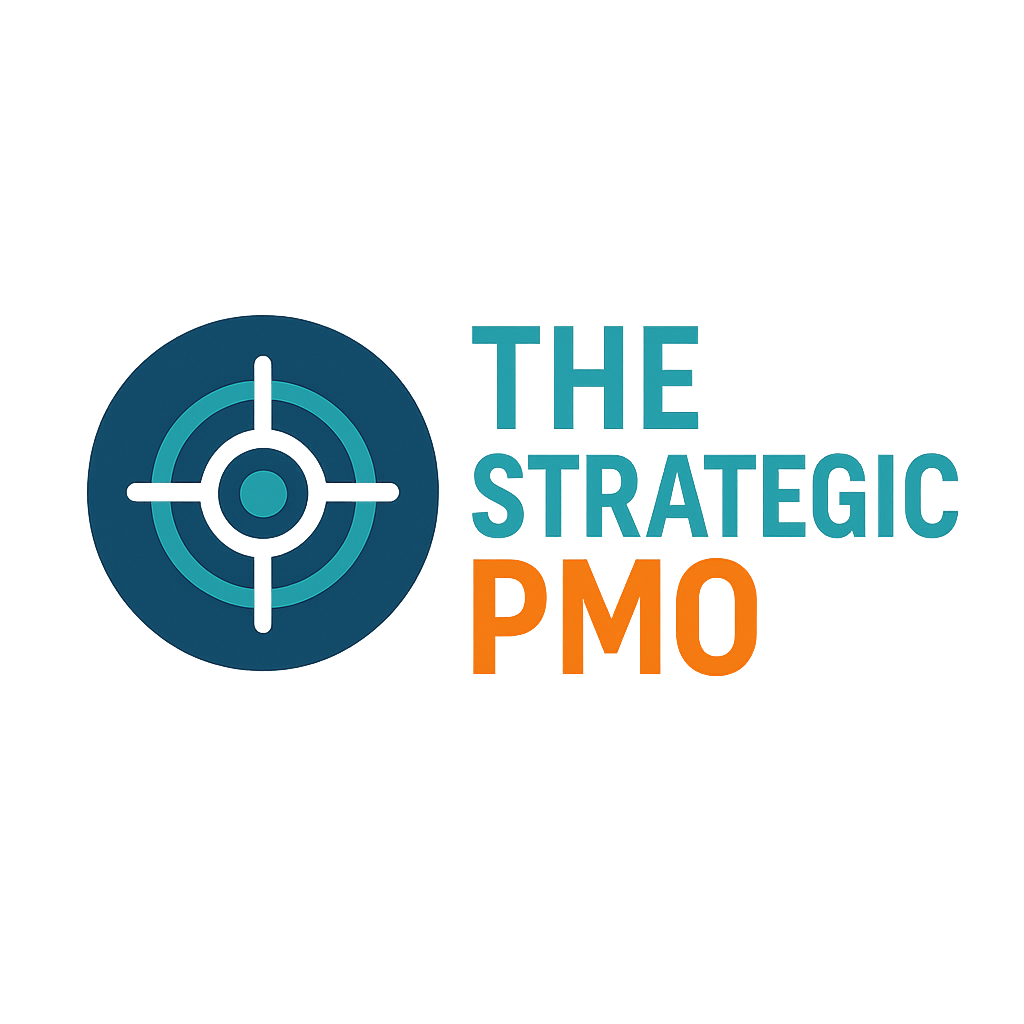Operating Mechanisms That Actually Drive Delivery
Most organizations don’t fail for lack of strategy — they fail for lack of rhythm. This post explores the operating mechanisms, cadences, and data-driven routines that turn vision into execution — and separate high-performing PMOs from those that simply report status.

The Cadence that Sustains Predictable Execution
Every organization talks about execution. Few actually deliver predictably. The difference usually comes down to one thing: operating mechanisms — the structured routines, forums, and feedback loops that turn strategy into results.
In theory, everyone agrees these matter. In practice, most teams confuse meetings with mechanisms. They run status calls, send reports, and hope progress follows.
But true operating mechanisms don’t just track work — they drive it. They create rhythm, accountability, and alignment across the enterprise.
1. Clarity of Purpose and Cadence
Every mechanism should exist for a reason — not just because “we’ve always done it.” A portfolio review isn’t the same as a delivery stand-up. A governance council isn’t a status update.
Ask yourself:
- What decision is made here?
- What input is needed?
- What happens next?
When cadence matches purpose, noise disappears. Weekly forums drive tactical decisions. Monthly sessions align priorities. Quarterly reviews set direction.
Consistency builds trust — people know when and how issues will be raised and resolved.
2. Data Over Narratives
High-performing organizations don’t rely on anecdotes or slides. They rely on data — ideally straight from systems of record (Jira, Smartsheet, Monday, etc.), not manual updates.
The PMO’s job is to separate signal from noise:
- Delivery metrics: throughput, velocity, defect rate
- Outcome metrics: value delivered, ROI, OKR progress
- Predictive metrics: risk exposure, forecasted slippage
When data drives the conversation, meetings get shorter and sharper. Stakeholders focus on insights and action — not storytelling.
3. Escalation and Resolution Loops
A strong mechanism doesn’t just surface issues; it closes them. That means defining:
- Escalation paths — where blockers go when teams can’t solve them
- Decision ownership — who owns the fix, not just the issue
- Feedback loops — how outcomes are communicated back
Many PMOs track problems, but few close the loop. The difference between visibility and velocity is how fast red turns back to green.
4. Cross-Functional Integration
Most delivery failures aren’t technical — they’re organizational.
Engineering is ready, but Security isn’t. Product is aligned, but Finance hasn’t approved spend.
Effective mechanisms connect the layers — portfolio, program, and product — so decisions flow both up and down:
- Portfolio reviews set strategic direction
- Program reviews align cross-functional delivery
- Product stand-ups drive day-to-day execution
When those layers talk to each other, you get coherence instead of chaos.
5. Transparency and Accountability
A healthy rhythm removes surprises. Progress, risks, and dependencies should be visible to all — not hidden in side conversations. The PMO’s role is to enable, not audit.
Transparency builds accountability. But accountability isn’t about blame — it’s about clarity:
- Who owns each outcome?
- What was decided, when, and by whom?
- How is progress communicated?
Dashboards, RAID logs, and trackers aren’t bureaucracy; they’re visibility tools. Designed well, they free leaders to focus on what matters instead of chasing updates.
6. Adaptability and Continuous Improvement
No mechanism stays perfect. As teams mature, the operating model should evolve.
A quarterly review might shift to a leaner monthly sync. A steering committee might move from slides to live dashboards.
The PMO’s job is to sense friction and refine. Ask:
- Are these forums driving outcomes or just updates?
- Do we need all these meetings — or better data?
- Are the right people in the room?
The best PMOs treat their mechanisms as living systems — agile, data-informed, and tuned to what drives delivery.
7. Leadership Commitment
Even the best-designed mechanisms fail without visible leadership support.
When executives show up prepared, ask the right questions, and follow through, it signals that delivery matters.
When they don’t, the organization follows their lead. The tone at the top determines whether mechanisms are respected or ignored.
Closing Thought
Operating mechanisms are the PMO’s most powerful lever for driving performance. They create rhythm, discipline, and trust — converting ambition into measurable outcomes.
The organizations that deliver consistently aren’t just more talented. They’re more intentional about how they operate.
Strategy sets direction.
Mechanisms create motion.
Delivery is the result.
